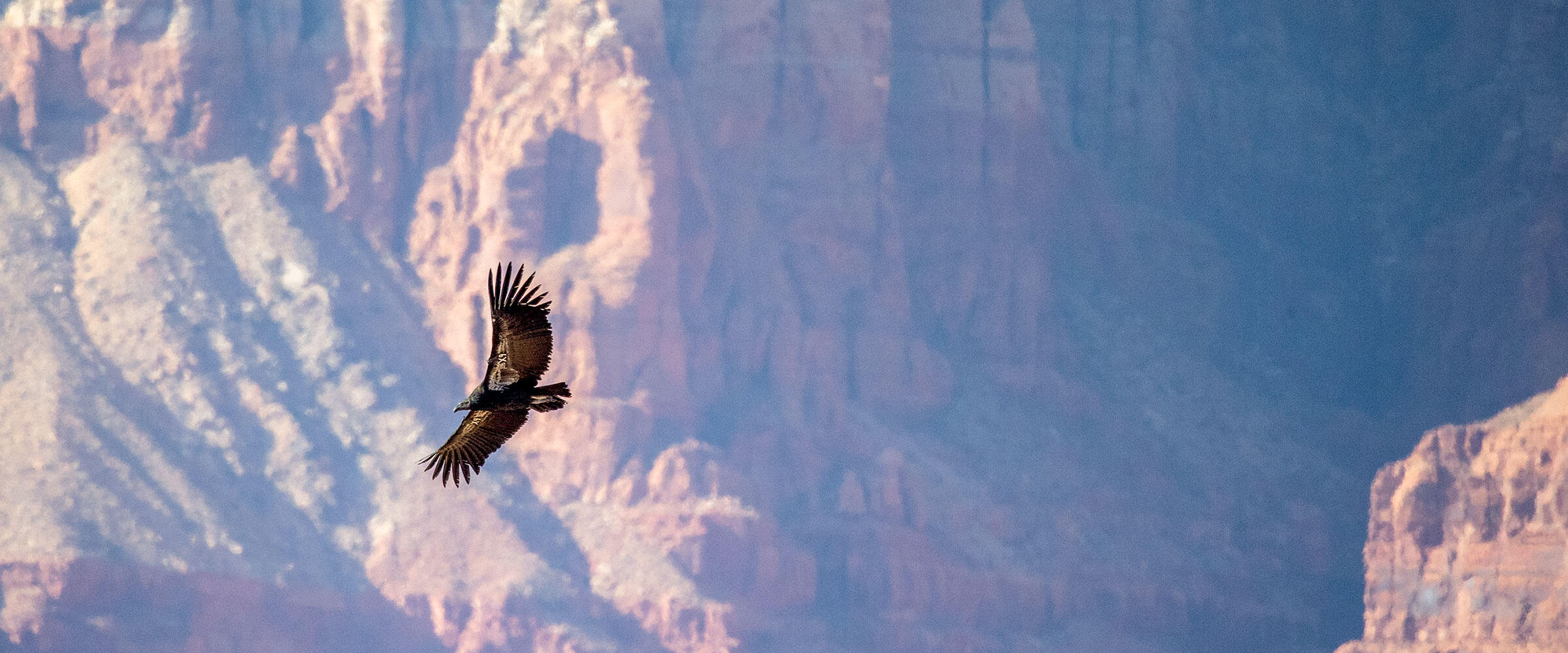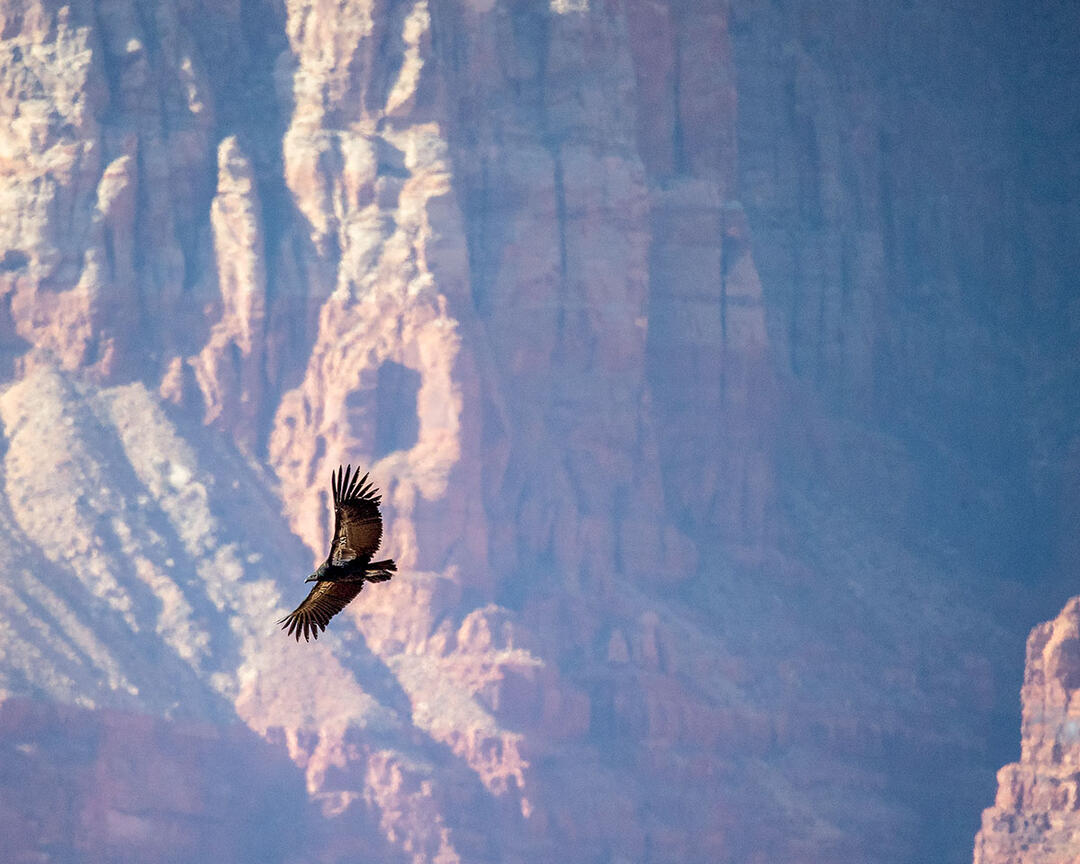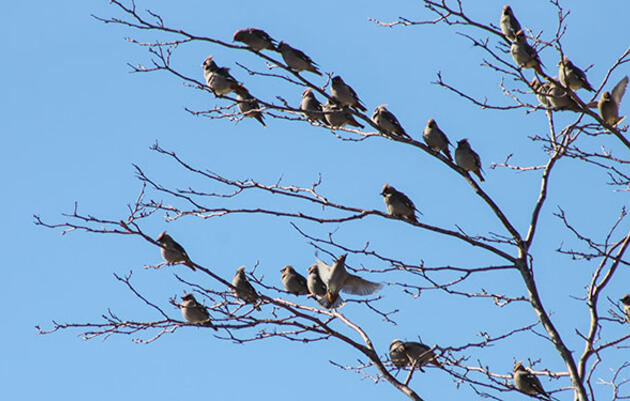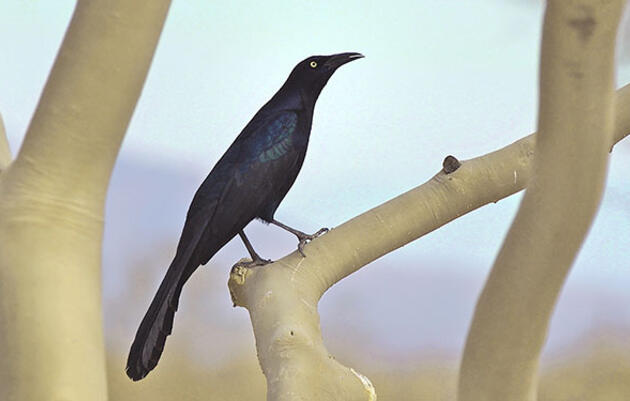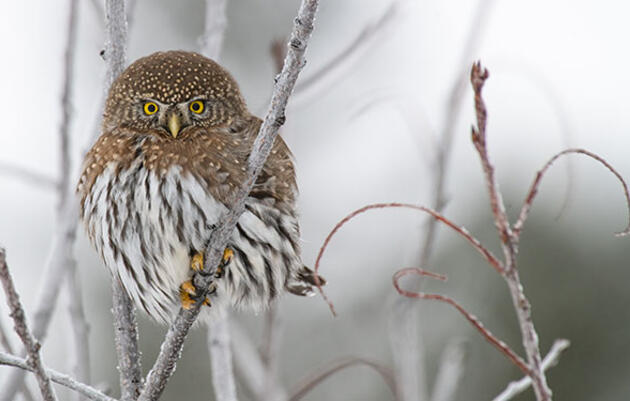From Rock Wrens and roadrunners to Wood Ducks and warblers, Southern Utah’s avian populations are as diverse as their converging habitats: the Colorado Plateau, the Great Basin, and the Mojave Desert. There, in Washington County, three Christmas Bird Count (CBC) circles exist: Zion National Park, St. George, and Silver Reef.
Two of the circles cover incorporated and public lands including the cities of St. George, Washington City, Ivins, Santa Clara, Leeds, Silver Reef, Hurricane, LaVerkin, and Tocqueville; two state parks: Snow Canyon and Quail Creek; the Red Cliffs Desert Reserve; Cottonwood, Fort Pierce, and Grapevine washes; Oak, Leeds, and LaVerkin creeks; and two rivers: the Santa Clara and the Virgin.
The 2022 CBC was the 55th count for St. George (skipping years 1970-1975) and the 25th count for the Silver Reef Circle, which began in 1998. Volunteer spotters totaled 32 for St. George and 20 for Silver Reef, with 13 of them participating in both circles. Among the volunteers was Paul Jaussi, the president of Red Cliffs Audubon, who participated in all three Washington County counts.
Having relocated to Southern Utah several years ago from Oregon, Jaussi has added energy and innovation to the Red Cliffs Audubon chapter. Not only has he promoted weekly bird walks, but he also encouraged the group to move what had been a Winter Bird Fest to the end of April, making it Red Cliffs Bird Fest at Greater Zion. Information on the April 27-29, 2023 festival is at redcliffsbirdfest.com.
Zion National Park
Jaussi comments on the Zion NP count for the 177-square-mile park where he and Melissa Giuffre had the most epic CBC route in the country. "What other CBC route can you climb almost 1,000 feet in elevation to a box canyon to search for a threatened species, the Mexican Spotted Owl (not found this count), only to notice a shadow fly overhead and spot a critically endangered species, California Condor (we found five)? My guess is our route was the only one in the Audubon Rockies that had that possibility."
This isn't the only thing about this route that makes it so "epic" according to Jaussi. It also includes Angel's Landing, which is listed as a "Bucket List" hike in America. But the birders didn't have time for that side trip, as they had to climb a total of 3,000 feet, passing through the beautiful backcountry of Zion often breaking trail through snow up to 18" deep to get to the top of the Zion West Rim. One reward of that grueling hike was an Acorn Woodpecker, only the second time it has been seen on this route. The uniqueness of the species and incredible scenery make this route second to none.
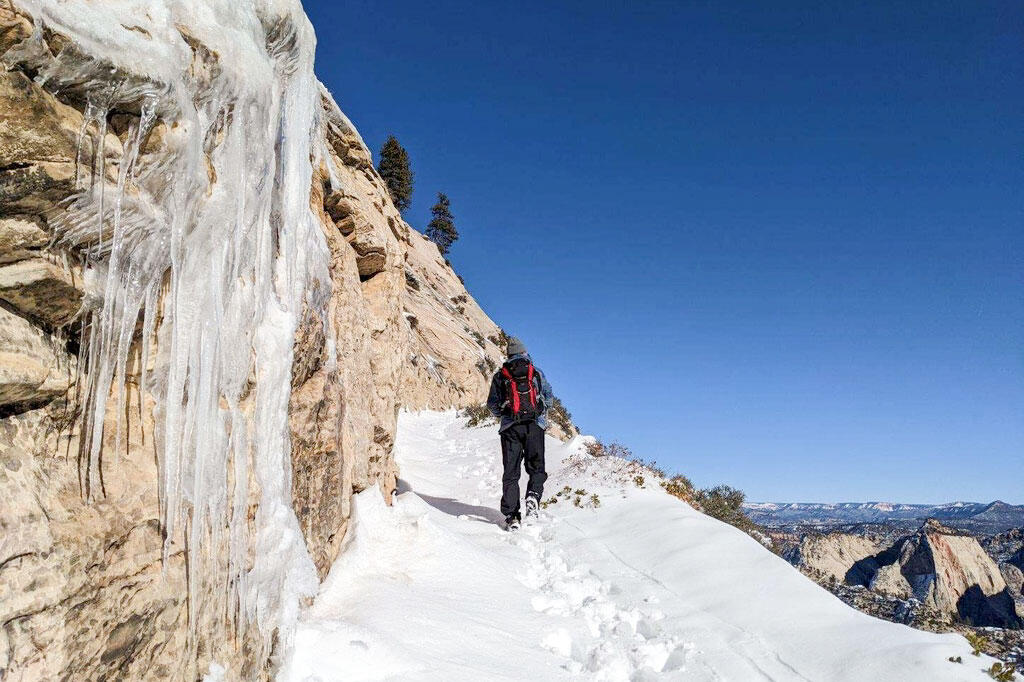
St. George
The St. George count was held on December 29, which, according to compilers Ken Hinton and Bryan Dixon, was “a typical mid-winter day in St. George, though overcast, with temperatures starting in the low 30s but reaching the mid-40s by afternoon.” Volunteers counted 14,498 birds falling under 106 species.
The top three record high counts (>2 standard deviations above the historical mean) included Canada Goose (883 counted, previous high was 491 in 1988), Wood Duck (24 counted, previous high was nine in 2019); and American Robin (1,006 counted, previous high was 586 in 2017). The low counts (<2 standard deviations below the mean for the past 20 years) included White-crowned Sparrow, Red-winged Blackbird, and Western Meadowlark. These species were also low the prior year. New species included Cackling Goose and Nashville Warbler. Naturally, many species have appeared every year since 1962, including the Greater Roadrunner—the bird representing Red Cliffs Audubon.
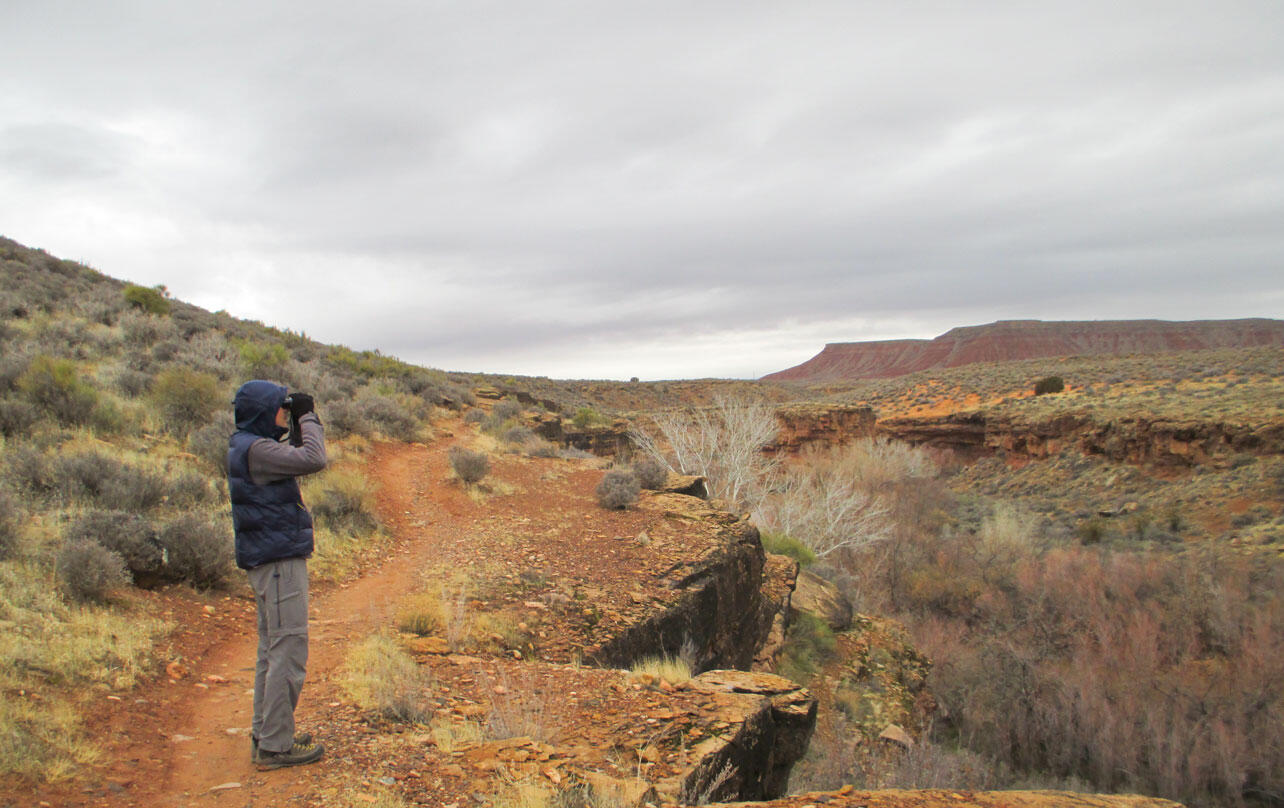
Silver Reef
The Silver Reef count was held on December 30, the day after the St. George count. Weather was overcast with a high of 45˚F by late afternoon. With calm winds and open water, volunteers counted 23,373 birds in 111 species. The top three record high counts included Snow Goose (30 counted, prior high was 17 in 2017), White-winged Dove (140 counted, prior high was 117 in 2021), and Mourning Dove (599 counted, prior high was 400 in 2021). They recorded no significant low counts. One new species, the Bohemian Waxwing, was spotted and photographed near LaVerkin by Mike Schijf, a biologist for the Red Cliffs Desert Reserve.
Every year since 1998, 43 species consistently appear, including many waterfowl on two large reservoirs: Sand Hollow—known for the Iron Man competition, and Quail Creek Reservoir, a popular recreation spot. Hawks, Common Ravens, American Robins, warblers, sparrows, and finch were among the counts. In the Hurricane Fields area, Paul Hicks reported they spotted more than 200 Mountain Bluebirds. Hicks states, “I get a thrill out of finding the rarities (e.g. Swamp Sparrow, Inca Dove), but we also had remarkable numbers and impressive encounters with certain species (e.g. Mountain Bluebirds, Brewer’s Sparrows, raptors).”
2023 Red Cliffs Bird Fest
Those seeking an opportunity to explore Southern Utah’s diverse habitat and avian species can join the Red Cliffs Bird Fest in April. Festival planners have included favorite field trips like Lytle Ranch, Raptor Run, High Elevation Birding, Owl Prowl, Snow Canyon Birding, Pine Valley, and Zion NP Birding. They’ve also added new trips like Grandpa’s Pond for the Mobility Challenged, Birding by Ear, and Birds and Petroglyphs. And they’ve kept popular trips like Birds & Butterflies, Birds & Boats, and Birds & Ghosts (birding in Grafton ghost town).
The 2023 festival will feature two “Big Day Birding” trips pitting East and West teams against each other for top counts. Additional afternoon/evening outings highlight habitat, desert tortoises, insects & fish, scorpions, Dino Tracks, and a tour of an archaeological habitation excavation site just steps from the festival hotel. The 2023 Red Cliffs Bird Fest will be a southern Utah blockbuster. So come for the sunshine and stay for the birds!

